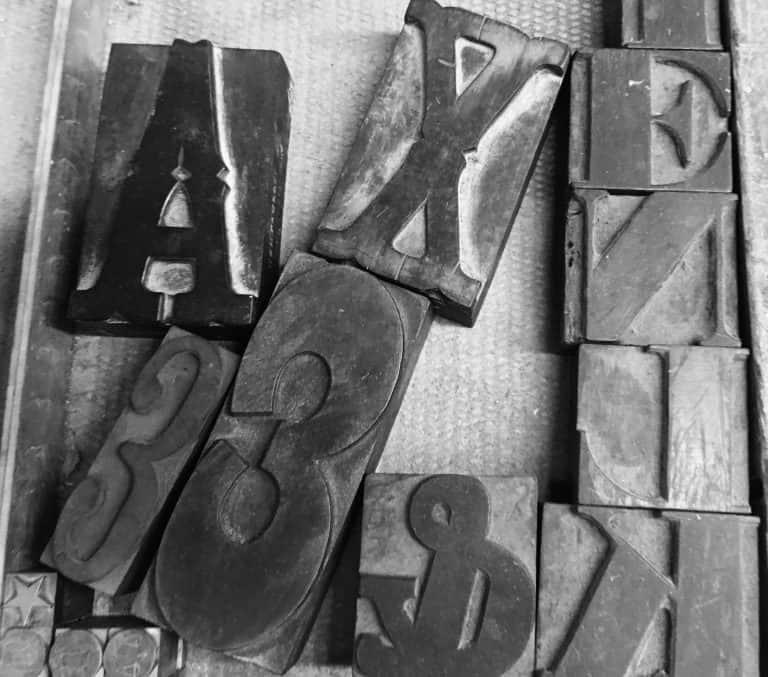Oral History and Video: Shallow Depth of Field
As high-end video technologies become more and more affordable, oral historians are now able to create a video “look” that was once reserved for cinematographers and professional videographers. In photography, I have always loved pictures of people utilizing a shallow depth of field. What this means, visually, is the person in the foreground of the picture is in sharp focus, but the background of the picture is artfully blurred. This approach has been accessible and affordable for a very long time in still photography, but has only recently become affordable for application in digital video. I find that the result of playing with depth of field in a video oral history yields a frame that increases the visual emphasis on the interviewee, and it creates a less distracting and more interesting background for your video interview– which is often a 2 -3 hour “talking head.”
This approach is quickly becoming a standard aesthetic for digital video and is getting very common among filmmakers using DSLR cameras to capture video. the professional digital video cameras with this capability are steadily getting more affordable. I have found that shallow depth of field in video is best achieved using a fixed lens with a low f-stop. My current favorite digital video camera is the Panasonic AG-AF100 which is what we are using at the Nunn Center to record our Kentucky Bourbon Tales oral history project and was also the camera used for shooting the “Thinking Big” series that was part of the Oral History in the Digital Age project. If that camera is out of your budget or level of technical expertise, great things can be accomplished with affordable DSLR cameras such as the Canon 6D or the Canon 5D Mark III or even more affordable, the Canon Rebel T4i which is what I personally own and love (although I have some issues with using the DSLR for oral history but more on that later). If you are shooting video oral history with a shallow depth of field, I really recommend using a camera operator because it is really easy for the shot to go out of focus as the interviewee leans in or out, or shifts in their seat. Below is an example of using a shallow depth of field in an incredibly interesting setting…a bourbon warehouse, interviewing an incredibly interesting subject, Master Distiller Parker Beam of Heaven Hill Distilleries.








